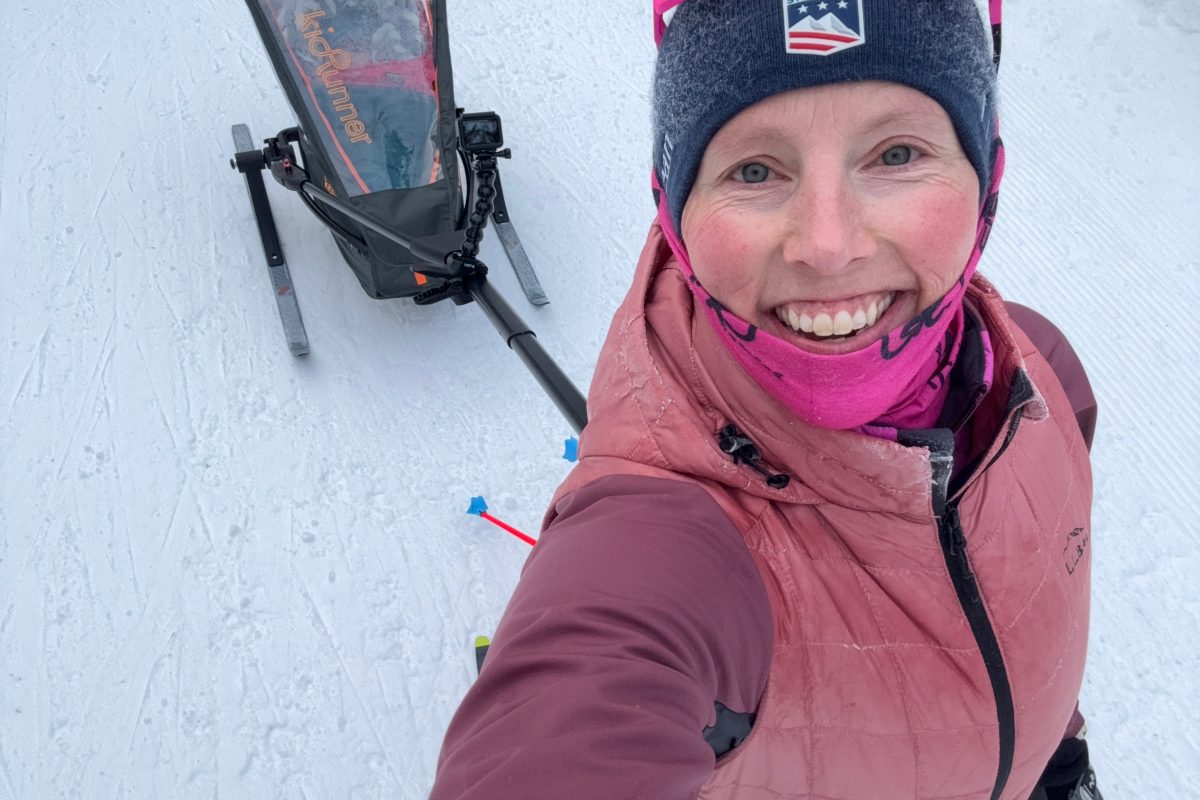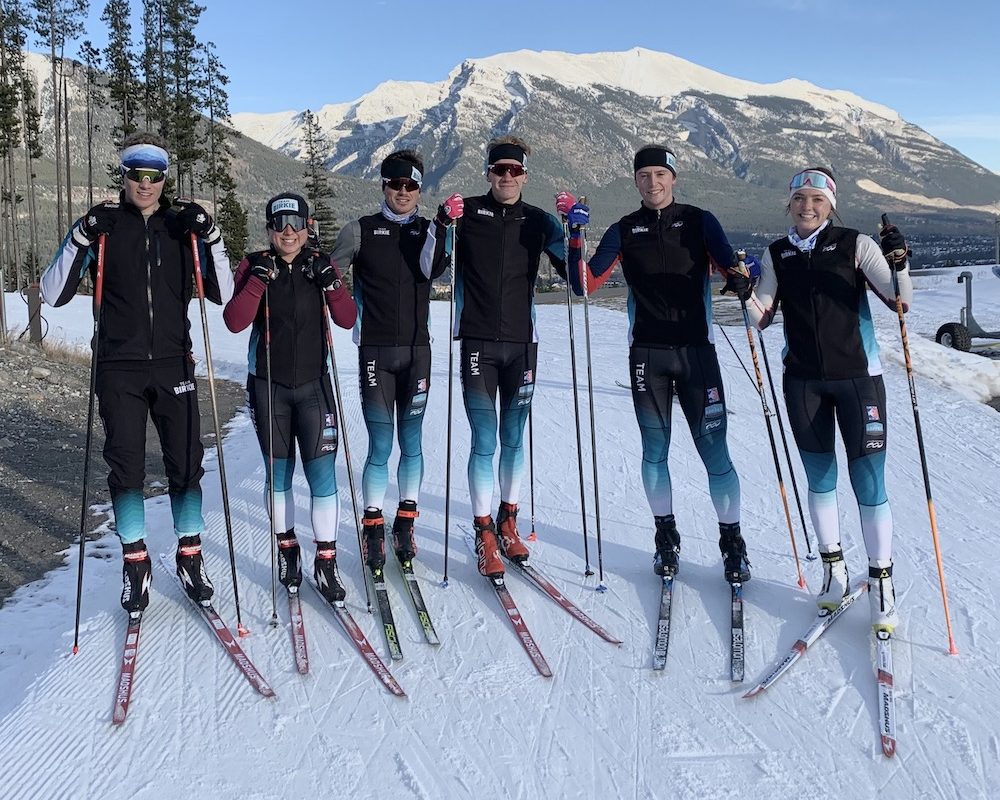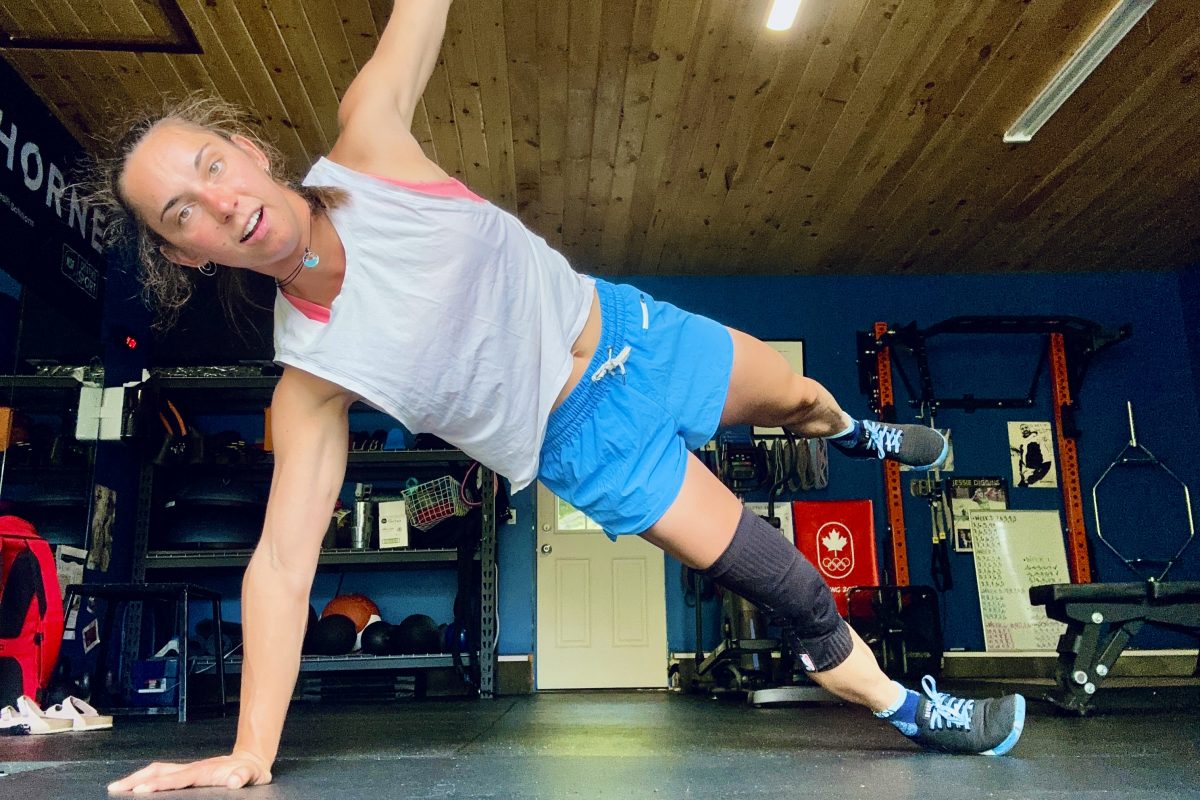Steinar Mundal had ambitious adult racers in mind when he wrote this article. The suggestions can however just as well be applied to juniors and masters. From Langrenn.com:
I hope really hope that (you) ski racers are as stressed at this time of year as us coaches. The last thing we do in the evening before we go to bed is to check the weather forecast, and the first thing we do in the morning is to see if there is anything white on the ground.
It’s not much we can do about it, but it’s never the less exciting.
The search for snow has started. Several areas have reported good skiing conditions.
My experience is to never travel anywhere before you are absolutely sure that the reports are for real. Many of us have bitterly experienced that the interpretation “good skiing†by well-meaning none racers can be off the mark in regards to what we need in order to be able to do meaningful on-snow workouts.
There are always some problems getting good training in at this time of year. The cold or icy black-top might be tough to rollerski on. The pole tips slips easier on the hard pavement and ice on the road can make it dangerous. There might also be just enough snow and ice to prevent good running, but not quite enough to ski on.
The main thing is now to try to continue to get in your target number of quality sessions like intervals, pace workouts and time-trials. In addition, add as much volume as practical possible. Be careful to not overload you muscles if you are suddenly forced to do only one activity like rollerskiing or running.
Some kind of running is usually always possible but be careful if you are suddenly on pavement or frozen roads after being used to softer trails. Injuries come fast.
You might feel bored on a stationary or spinning bike, but it’s still good training. It can be used for both intervals and distance.
You can always do strength training. Do some workouts with and some without weights.
Swimming can also be used as alternative training for both intervals and distance. Easy swimming also works well as recovery training.
If you plan it well you can suddenly end up with 15-20 hours for the week.
 You should start to feel a “performance lift†at this time of year  even without lots of distance training as long as you continue to do good interval sessions. This is especially true if your training volume was good all summer and fall.
This is a period when skiers that are “locked into†a certain training pattern and “have to†follow a certain training program will run into problems. Skiers that are able to adjust their training according to how they “feel†from day to day and the conditions available will do a lot better.
It’s important to continue to do a similar program as you have followed up until now even in this “transition periodâ€. A little less volume, same number of intervals and other hard training and maybe a little more strength and alternative training.
Reduce your training volume the last 8-10 days ahead of the races if you want to “prove yourself†and ski fast already at the start of the season like in the upcoming Norway Cup races at Beitostolen (one week ahead of the regular World Cup opener at Beitostolen, Norway). Also increase the intensity a little and add a few rest days or some very easy days.
Some of you are lucky and can soon ski every day all week while other can ski during the weekend and have to do dryland during the week.
For those who can ski every day:
It might be a good idea to continue with one weekly running session and one strength session with running as warm-up.
For those who mix dryland and skiing:
Do at least one hard dryland session, two is preferable and use the weekend on-snow sessions to log some good volume. That way you’ll get in good training volume and avoid injuries.
It’s my experience that it’s best to do intervals in the morning and take the afternoon off. Rest is in my opinion the best recovery. You’ll remove all lactate you produced in the interval session by doing 20 minutes of easy distance after the last interval. There is therefore no reason to do easy distance that afternoon in order to “remove lactateâ€.
Separate between easy and hard session as the races are approaching. Do one hard and one “controlled interval session if you do two weekly interval workouts.
Know your max heart-rate and your threshold. Your threshold can vary from day to day so make sure that you adjust and make smart decisions according to how you feel each day.
Interval guideline:
Hard intervals: feel the lactate build-up at the end of each interval
Easy interval: controlled pace without lactate build-up at the end of each interval.
Check-points to help you decide if you are really doing well and responding positively to your training during hard interval training:
-Â Â Â Â Â Â Â Â It’s a good sign if your hear-rate comes quickly up to the desired high target area
-Â Â Â Â Â Â Â Â Heavy legs is a bad sign
– Â Heart rates that are not coming up fast and stays low is a warning sign -you might be tired and should consider some rest.
“Don’t let your training decide your mode or well being, let your mode and joy decide the trainingâ€.
Ski greetings from
Steinar



